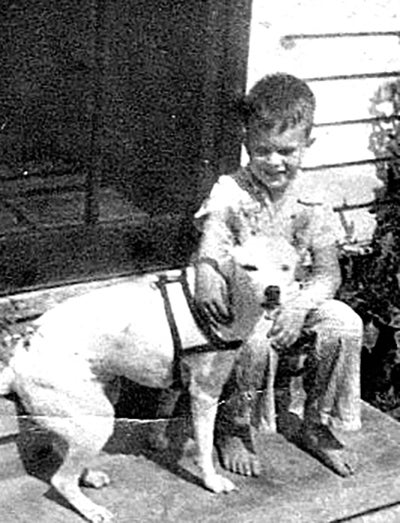And Now You Know: Defense plans for Orange in the Civil War
Published 12:19 am Saturday, September 19, 2020

- And Now You Know
|
Getting your Trinity Audio player ready...
|
By the middle of 1863, the tide of war was turning against the Confederacy. After the three days of hard fighting at Gettysburg, the Confederate army surrendered on July 3. Vicksburg had endured a 47 day siege and battles on the Mississippi River on the west and with ground forces on the east. On July 4, General Pemberton surrendered the town and his army to General Grant.
The Southern armies would never again see the successes of the early years of the war.
With the northern forces now controlling the Mississippi River, the South was divided.
It was expected that the next invasion by Union forces would be up the Sabine River in an effort to cut Texas off from the other Southern states. It was feared that the war would come to Orange.
An evaluation of Orange was made by C.J. Forshey, Lt. Colonel, Chief Consulting Engineer, Major General Magurder’s Staff.
Forshey’s report read: “Orange is situated on the right bank of the Sabine River, 20 miles above Lake Sabine and 12 miles above the fort at Shellbank. It is a town of some importance, having two shipyards, three sawmills and several establishments for the manufacture of shingles, pickets, and staves. The depot of the Texas and New Orleans Railroad is at the lower end of a scattered line of houses about a mile in length.
The river hence to the mouth and 25 miles above the town is always navigable. The water being deep and marked by an ebb and flow of tide more than half the Gulf range of height. The bar at the debouche into Lake Sabine has about four feet of water, varying, of course, with the wind and tide.
The waters are at present fresh, but brackish and unfit for use in dry seasons.
Independent of the railroad, the town of Orange has fair prospects of becoming a respectable seacoast and shipbuilding town.”
Defense plans were being made for Orange. On three sides, the town was flanked and bounded with marshes and the river. Adams Bayou was a deep and boggy stream, skirted by marshy grounds and nearly impassable.
A line of rifle pits was proposed to be dug around the northwestern side of the town. The pits would cover the roads that entered from that direction.
If a strong force was approaching Orange, the bridge across Adams Bayou would be destroyed to stop an invasion from that direction.
For an approach by river, it was proposed that a raft could be moored to be ready to be pulled across the river. The raft was intended to delay river forces. Hopefully, the stalled forces could be engaged and sunk by fire from Orange. Such an engagement would give time for property and troops to be removed from Orange.
In addition to land defenses, there was a proposal to build a large hospital in Orange for the care of military forces in Southeast Texas and Southwestern Louisiana.
It was suggested that the large depot of Quartermaster’s supplies of ordinance and commissary supplies be moved from Camp Pleasant at Niblett’s Bluff to Orange. There were good natural defenses at Orange while there were few at Niblett’s Bluff.
In case of retreat, a lack of transportation for both troops and supplies from the Bluff would be difficult. From Orange there would be transport by land, water, and rail.
The proposals and suggestions were made by Lt. Col. Forshey and reviewed by V. Sulakowski, Chief Engineer, Galveston Engineer’s Office.
The opinion from the Galveston office stated that since both banks of the river were impassable marsh and that there was a fort with six guns at Sabine City (Sabine Pass) that would stop Union gunboats, and there were pilings placed in the river, and the bar of the Sabine River where it entered the lake had only a four foot draft, it was too shallow for the Union gunboats to pass over.
The conclusion was the only access to Orange would be by the route of the roads from Beaumont and Jasper. If an enemy should come from either of these roads, Orange could be evacuated.
Sulakowski suggested keeping a 10 day supply of rations for emergency at Niblett’s Bluff and 20 days’ supply at Orange.
If the Major-General commanding the area decided to fortify Orange, Sulakowski suggested that a redoubt (dirt fort) be built in accordance with Lt. Col. Forshey’s proposal.
The fortifications at Orange were not built. After the defeat of the Union invasion fleet by Lt. Dick Dowling and his 47 artillery gunners at Sabine Pass, the Union forces retreated and never again tried to enter the Sabine River.
“And now you know.”






